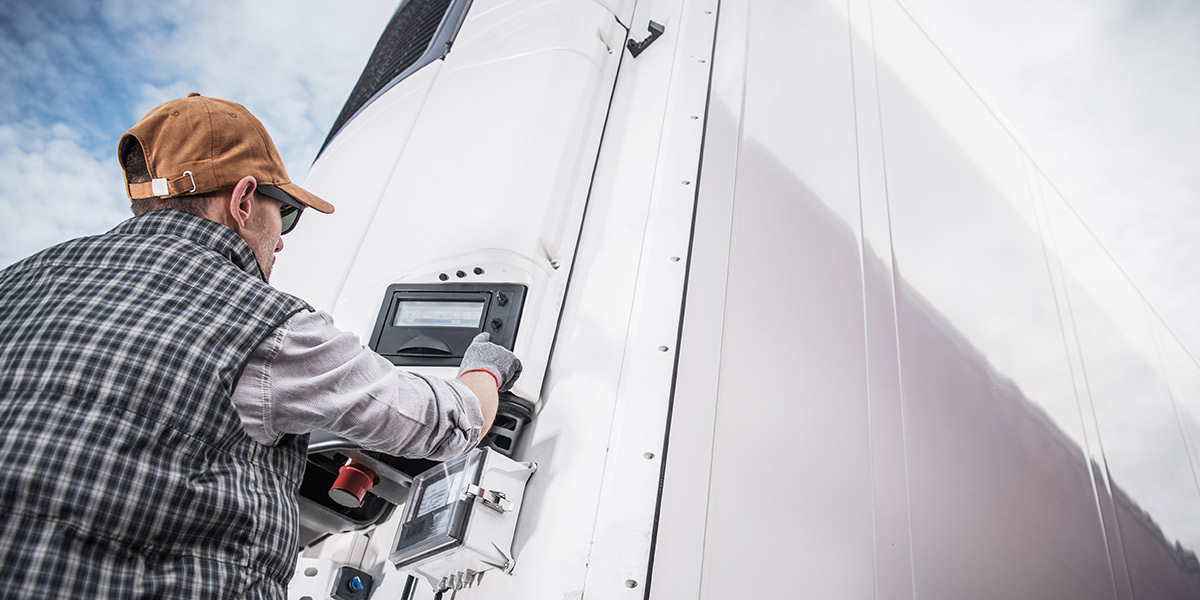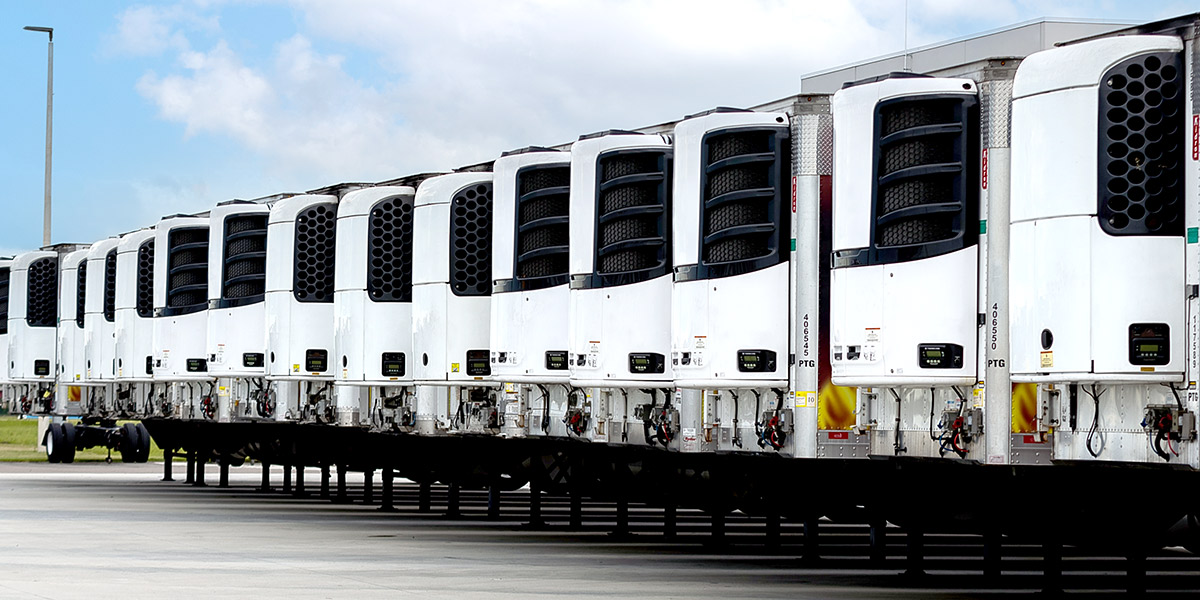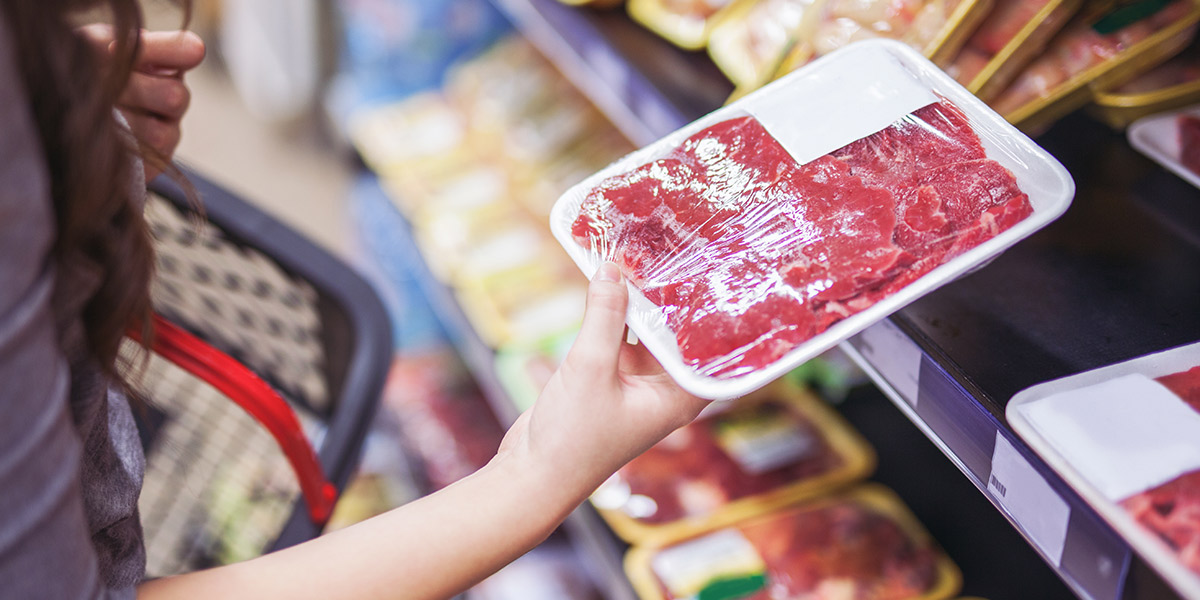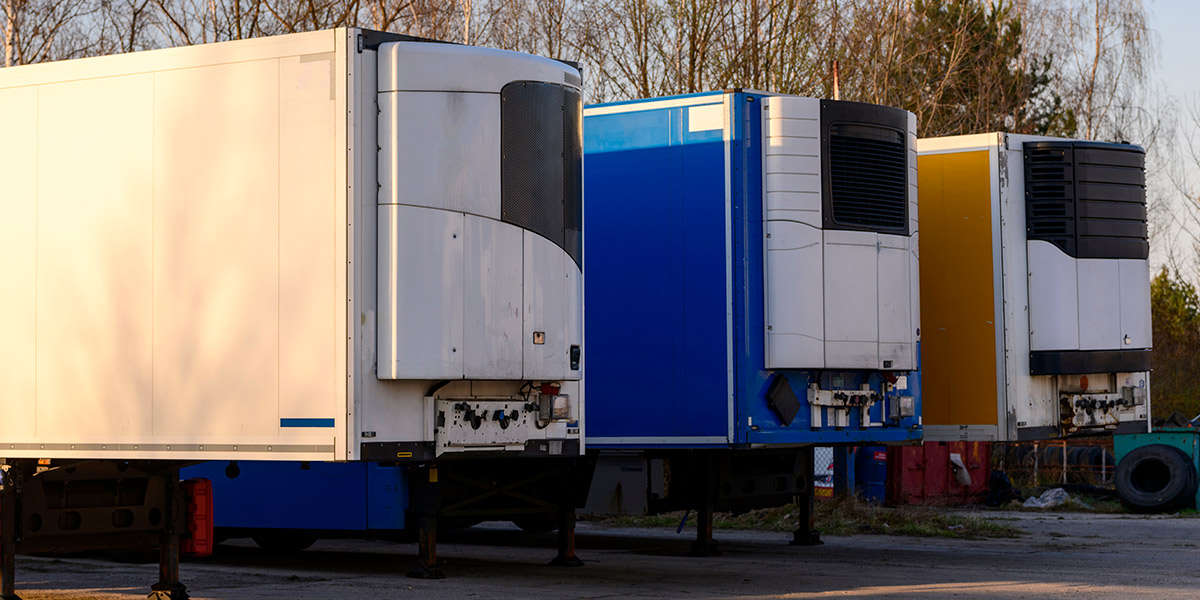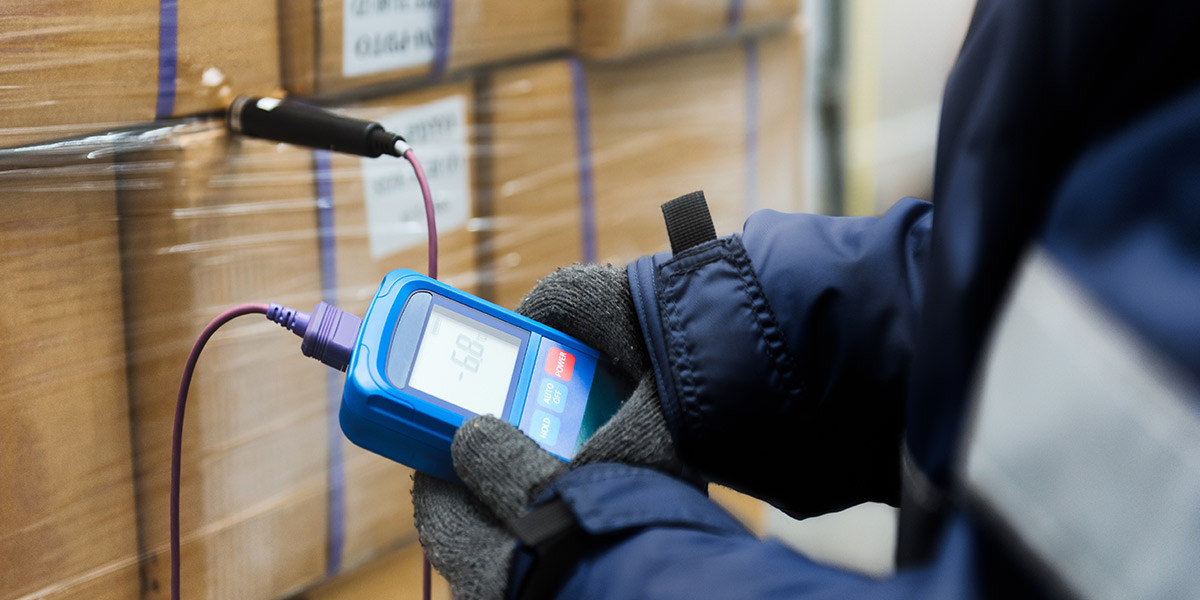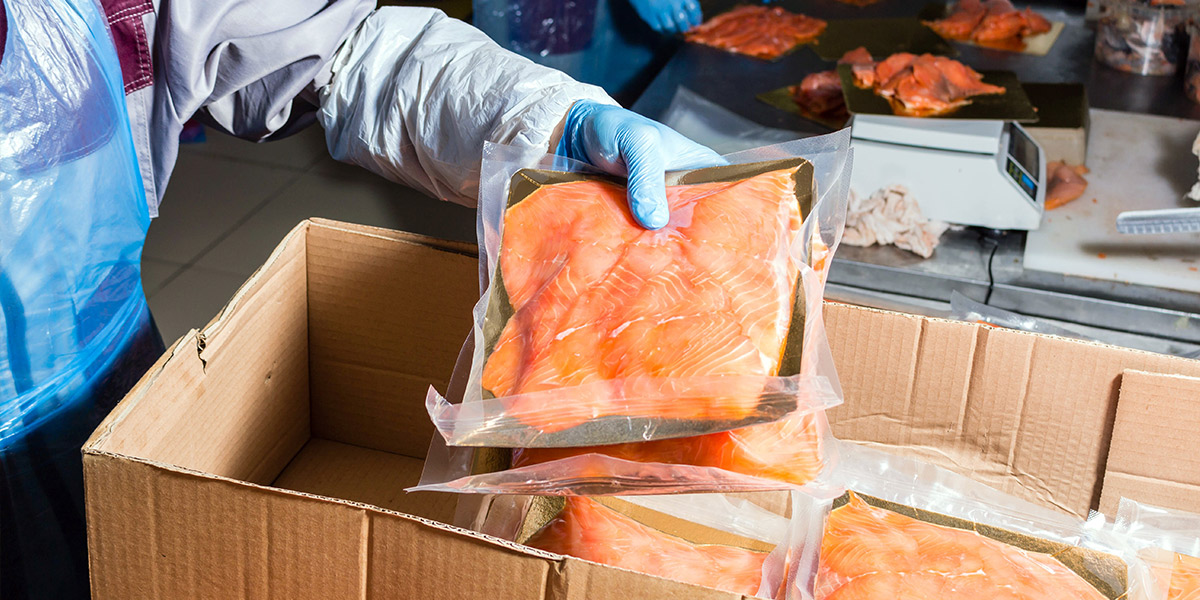When food isn’t kept at a safe temperature – at every step in its journey – the consequences to your company can be huge.
Many grocers and companies that transport fresh fruit, vegetables, seafood, and meat view food safety in the limited terms of cost. If the food spoils or otherwise becomes unsalable in transport, the result is lost cargo – and lost money.
But while this is an accurate way to think about food safety, it fails to account for an even greater and costlier risk – food that spoils and exposes consumers to a foodborne illness because food temperature wasn’t properly monitored and maintained.
What makes this scenario especially scary is that it can result from undetected situations in which food isn’t kept at a safe temperature. The parties transporting or handling the food may believe they are keeping food safe, when in fact, they fail to do so, and, in the process, end up making people sick.
Scary Numbers
If your company must safely transport food, for either your own stores or others, the following numbers about foodborne illnesses should give you pause:
- According to the USDA, each year, there are nearly 9 million cases of food poisoning involving the 15 most commonly pathogens.
- The estimated total cost of these outbreaks is more than $17.5 billion.
- A recall can cost a company, on average, $10 million, according to the Food Marketing Institute and the Grocery Manufacturers Association. Litigation and economic blows to the brand or the company’s reputation can push these costs much higher.
- A Harris Interactive poll found that 55% of consumers would switch brands following a recall and 15% said they would make the switch permanent.
While there are, admittedly, many factors that can cause foodborne illnesses, not maintaining safe temperatures for food – 40 degrees or below for food that must stay refrigerated and keeping frozen food frozen – is one of the most serious culprits.
And you don’t want your company to be on the hook for such a safety lapse, as a temperature-related foodborne illness outbreak can be a catastrophic outcome that your company, regardless of its size, can ill afford.
Avoiding the Risk
Avoiding such an outcome should be a motivator for your company to either put temperature monitoring in place or review your current temperature monitoring capability to ensure you are protected.
Easy-to-install temperature sensors can be placed in every environment food passes through during transportation and storage. And when these sensors are connected to a telematics platform that compiles and shares temperature data so potential trouble spots can be identified and addressed, you can mitigate the risk associated with not knowing for certain if food is at risk of spoiling or promoting a pathogen that can lead to a foodborne illness.
This technology represents a smart investment, and its cost pales when compared to the potentially huge costs to your company if you leave food safety to chance.



